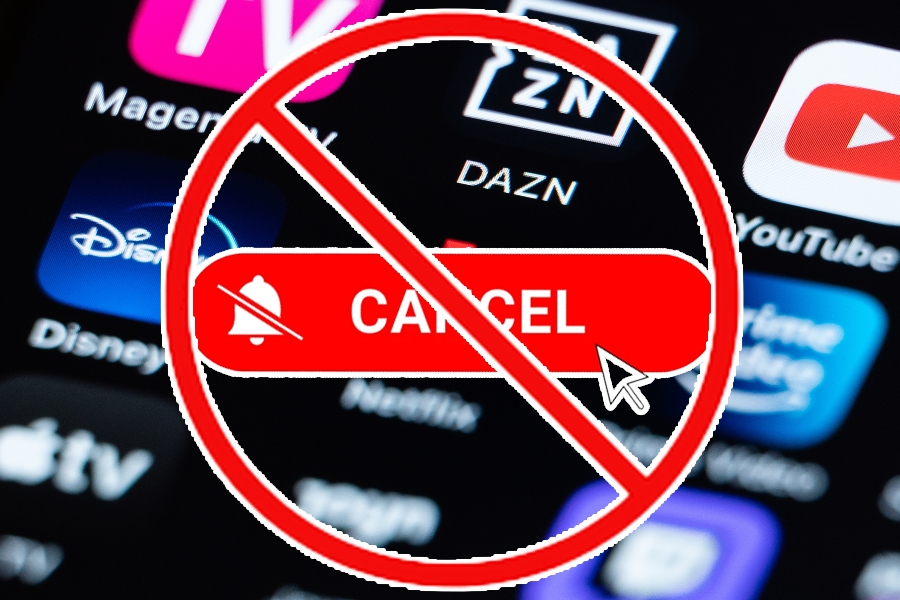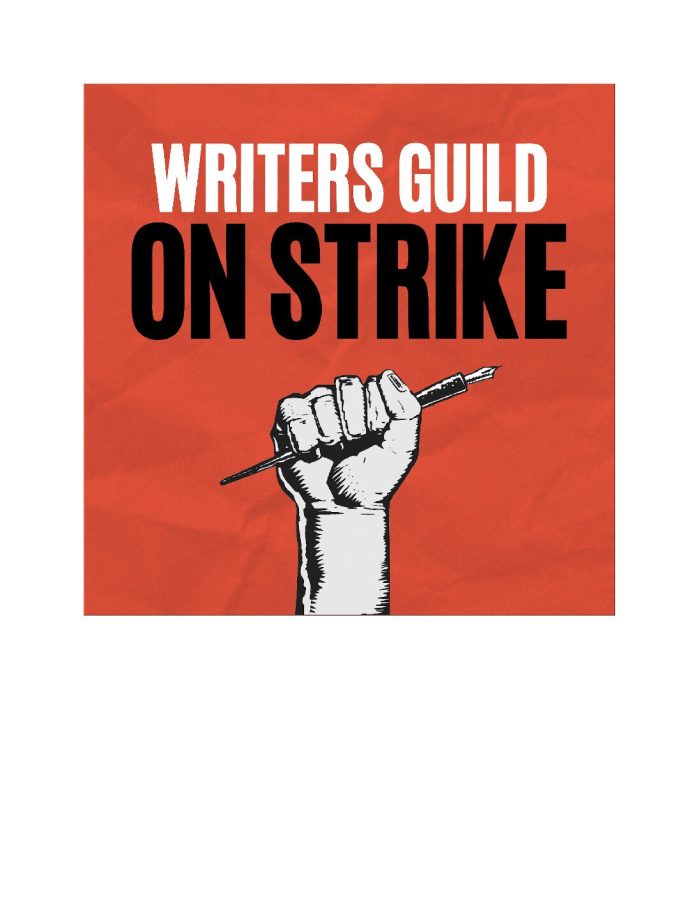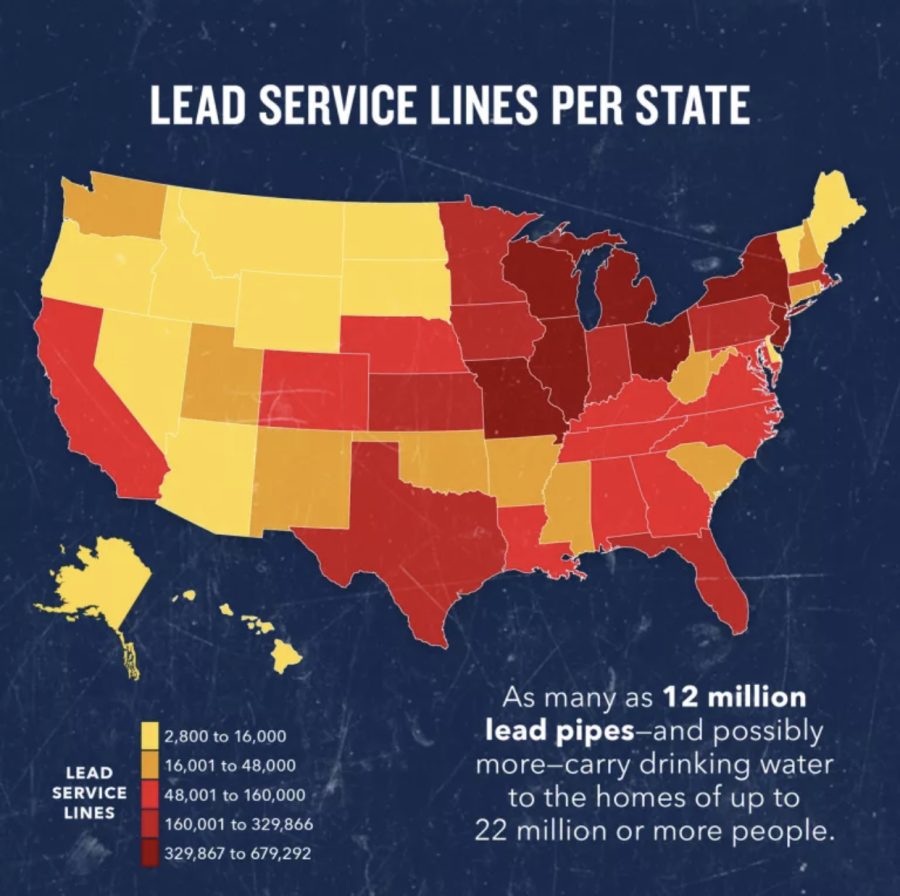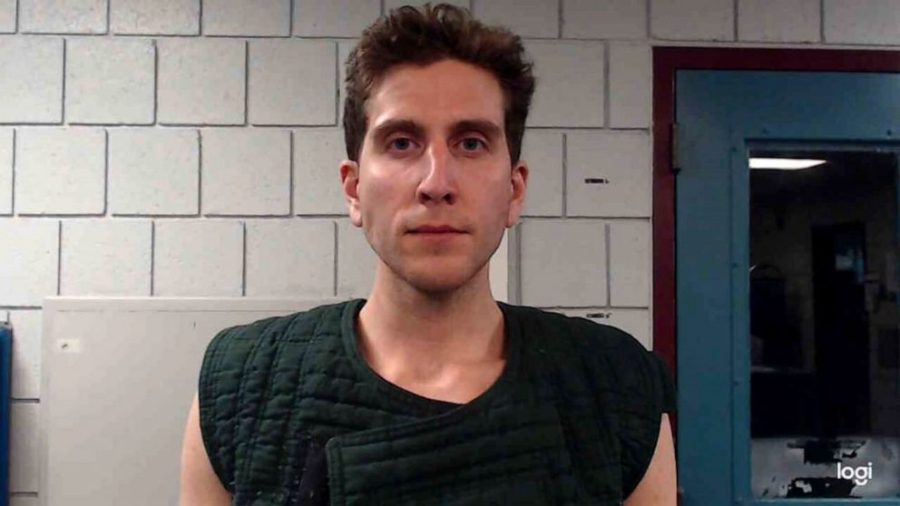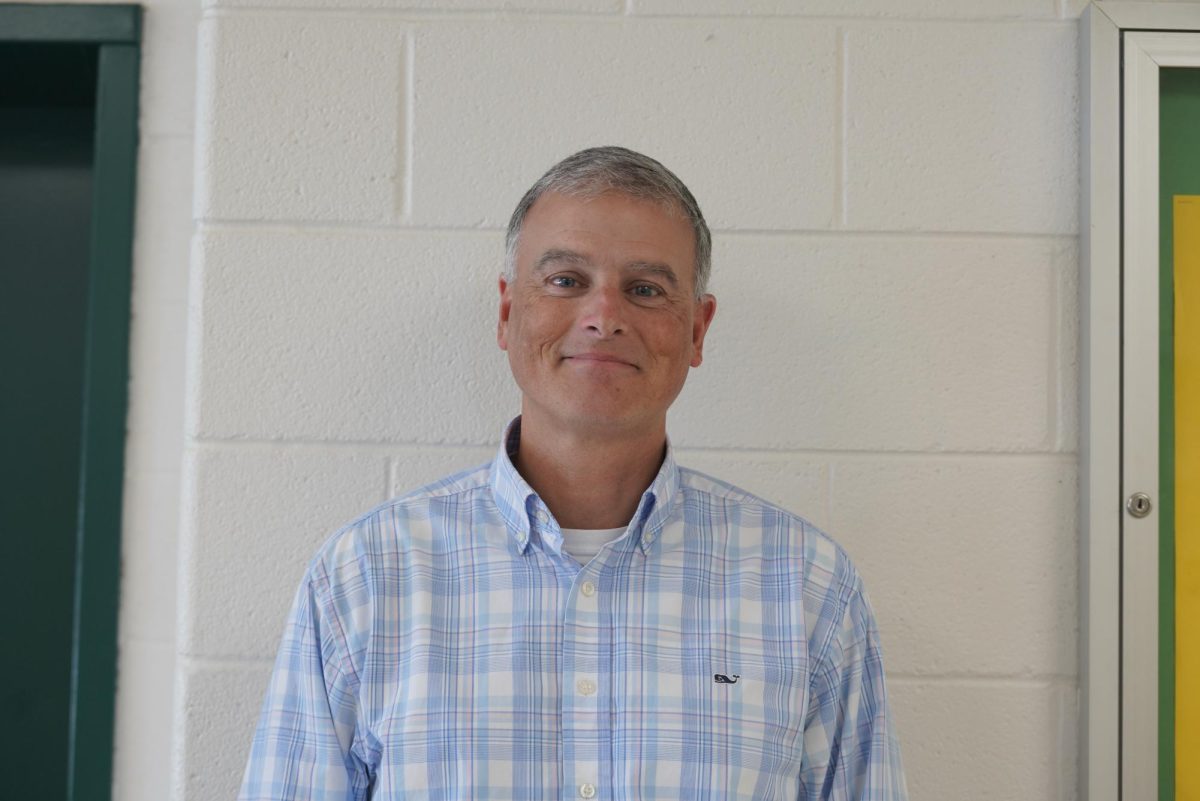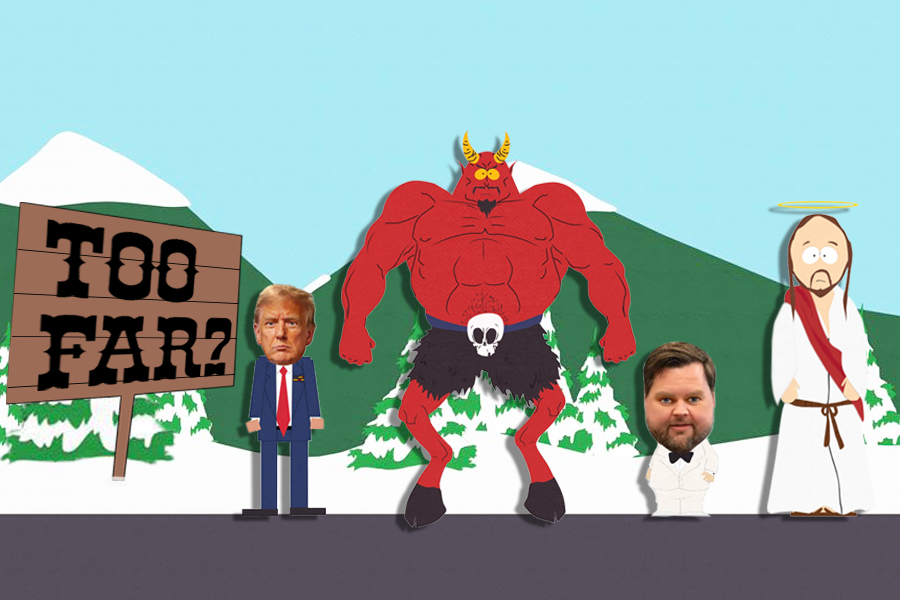The current government shutdown of Donald Trump’s presidency began midnight Saturday, Dec. 22, 2018 after Trump and Congressional Democrats couldn’t reach an agreement on funding for border security. The president won’t sign a bill unless it includes $5.6 billion for a border wall, but Democrats do not want to exceed $1.3 billion for general border security.
The road to the shutdown began Dec. 11 when Trump met with Vice President Mike Pence, then-incoming House Speaker Nancy Pelosi (D-CA) and Senate Minority Leader Chuck Schumer (D-NY) to discuss the border security budget. Trump claimed that he would take total responsibility for the shutdown and would not put any blame on Democrats. “I am proud to shut down the government for border security… I will take the mantle,” he said to Schumer.

Schumer (left) and Pelosi (right) have worked in close relation during the ongoing government shutdown.
Dec. 19 the Senate passed a temporary funding bill for the government that would maintain the current level of funding for border security. The next day then Speaker Paul Ryan said he expected the House to pass the bill, and Congressional Republicans were confident the president would sign and approve the bill. However, he later became averse to signing it in part because of opinions from the Freedom Caucus (a congressional caucus made up of conservative and libertarian Republican Representatives), Ann Coulter, a conservative political and social commentator and Rush Limbaugh, host of the “Rush Limbaugh Show.” The House then passed a budget bill including the $5 billion, but the Senate wouldn’t pass it, resulting in the midnight shutdown Dec. 22.
In the first days of the shutdown, Trump aides and advisers began proposing possible compromises to Democrats. CNN’s Ana Cabrera reported that an exact offer made by Vice President Mike Pence was $2.5 billion for a comprehensive border and immigration proposal. Democrats and Trump rejected it, with Trump saying that the budget had to be $5.6 billion or nothing at all.
Beginning Dec. 29, some Trump aides and advisers began to back off from the idea that Trump was calling for a physical wall. “The wall has become a metaphor for border security,” Sen. Lindsey Graham (R-SC) said Dec. 30. “An all concrete Wall (sic) was NEVER ABANDONED (sic), as has been reported by the media,” Trump then refuted Sen. Graham’s statement in a Dec. 31 tweet.
Jan. 4 the president stated that the shutdown could go on “for months or even years”, refusing to sign a bill lacking funding for his border wall.
“We are now planning a Steel Barrier rather than concrete,” he tweeted Jan. 6. This directly contradicts his aforementioned tweet from Dec. 31.

Trump’s tweet regarding his plan for the wall.
The first government shutdown of 2018 occurred Jan. 19-21 because Democrats and Republicans could not reach an agreement on immigration and protections for “dreamers,” immigrants who entered the U.S. illegally as children. It ended when Congress passed a bill granting government funding through Feb. 8 and allowing the Children’s Health Insurance Program to continue. The second shutdown lasted for less than 24 hours between Feb. 8 and 9. Senator Rand Paul (R-KY) held a filibuster because he didn’t agree with the cost of a two-year bipartisan spending bill. When the time for debate reached its expiration, Congress voted overnight to increase military and domestic spending limits. Democrats hoped to achieve a deal on the status of “dreamers”, but it did not come to fruition, according to the Washington Post.
Although the shutdown is a partial one, it has put strains on federal agencies and employees. CNN’s Victor Blackwell reported that tax refunds, closings on house sales (depending on the type of loan), USDA loans and the USDA’s annual January report could all potentially be delayed. Washington, D.C. museums and zoos are closed entirely, while many National Parks remain open but unstaffed, creating unhygienic conditions and dangers for visitors. Several groups of volunteers have decided to help clean up the parks, such as Yellowstone and Joshua Tree, purely out of the goodness of their hearts, according to the New York Times. Others have cut down protected Joshua trees in search of access to campgrounds, according to CNN. Employees of the U.S. Coast Guard were paid through the end of December but their continued work, including performing boating checks and enforcing fishing laws, is harder to execute without the full functionality of the government. TSA and other federal employees who are deemed “essential” have had to continue to work without pay. In Speaker Nancy Pelosi’s responding speech to the president’s Jan. 8 Oval Office address, she stated that around 800,000 federal workers are having their paychecks withheld because of the shutdown.
Although the shutdown has affected people on the federal level, it has not had adverse effects on state-level employees.
“Since I am a state employee and not a federal employee, my paycheck is not directly affected by the partial federal government shutdown,” English teacher Stuart Egan said.
Senate Minority Leader Chuck Schumer stated in response to the Jan. 8 Oval Office address that both the president and Democrats want stronger borders. Speaker Nancy Pelosi offered solutions of building greater infrastructure at the country’s ports of entry and funding more effective technology. Schumer urged the president to separate the shutdown from arguments over border security. Bipartisan legislation to reopen the government and continue discussions on border security is currently being developed, but a definite compromise has not yet been reached.


